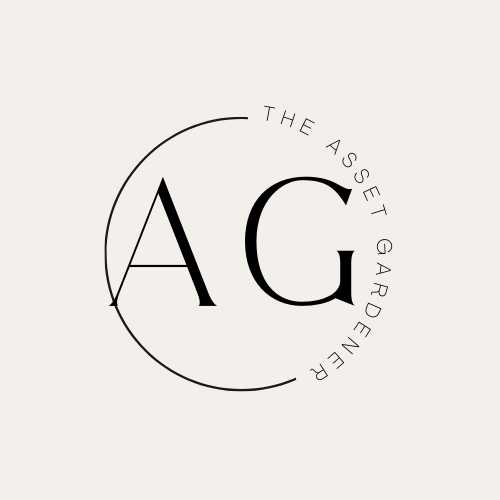
Understanding Modern Tariffs and Their Impact
Trade tariffs have made a comeback, significantly impacting investors and entrepreneurs alike. Since early 2025, the U.S. has reintroduced broad tariffs on nearly all global trading partners, a move that has shifted market dynamics and escalated geopolitical tensions. The implications of these tariffs are profound, resulting in increased market volatility and establishing a pressing need for portfolio resilience.
A Look Back: Tariff History over 150 Years
To navigate this new landscape, we can turn to history. Analyzing 150 years of market data reveals that the U.S. has experienced several tariff cycles, each influenced by significant economic and political factors, from protectionist policies post-Civil War to liberalization in the early 20th century. During periods of high tariffs, markets often saw a rise in stability through strategic investments, especially in low-volatility equities.
Key Takeaways for Entrepreneurs and Investors
As entrepreneurs, small business owners, and investors, understanding the historical context of tariffs can inform better decision-making today. Past patterns suggest that certain sectors might exhibit resilience amidst tariff-induced stress, particularly those focused on essentials and value-oriented products. It's essential to stay alert to changes in tariff policies and their potential impacts on supply chains, consumer behavior, and overall market health.
Practical Steps for Navigating Tariff Changes
When facing increased tariffs, entrepreneurs and investors should consider diversifying their portfolios and exploring markets that typically benefit during protectionist periods. Investing in sectors known for lower volatility can provide a buffer against market shocks, making it a sound strategy in uncertain times.
The Importance of Staying Informed
To thrive in an era of fluctuating tariffs, continuous education is vital. Engage with data-driven resources and economic analyses, which can equip you with insights needed to adapt to changing landscapes. This proactive approach not only enhances investment decisions but also fortifies your business against the uncertainties of international trade.
 Add Row
Add Row  Add
Add 




Write A Comment